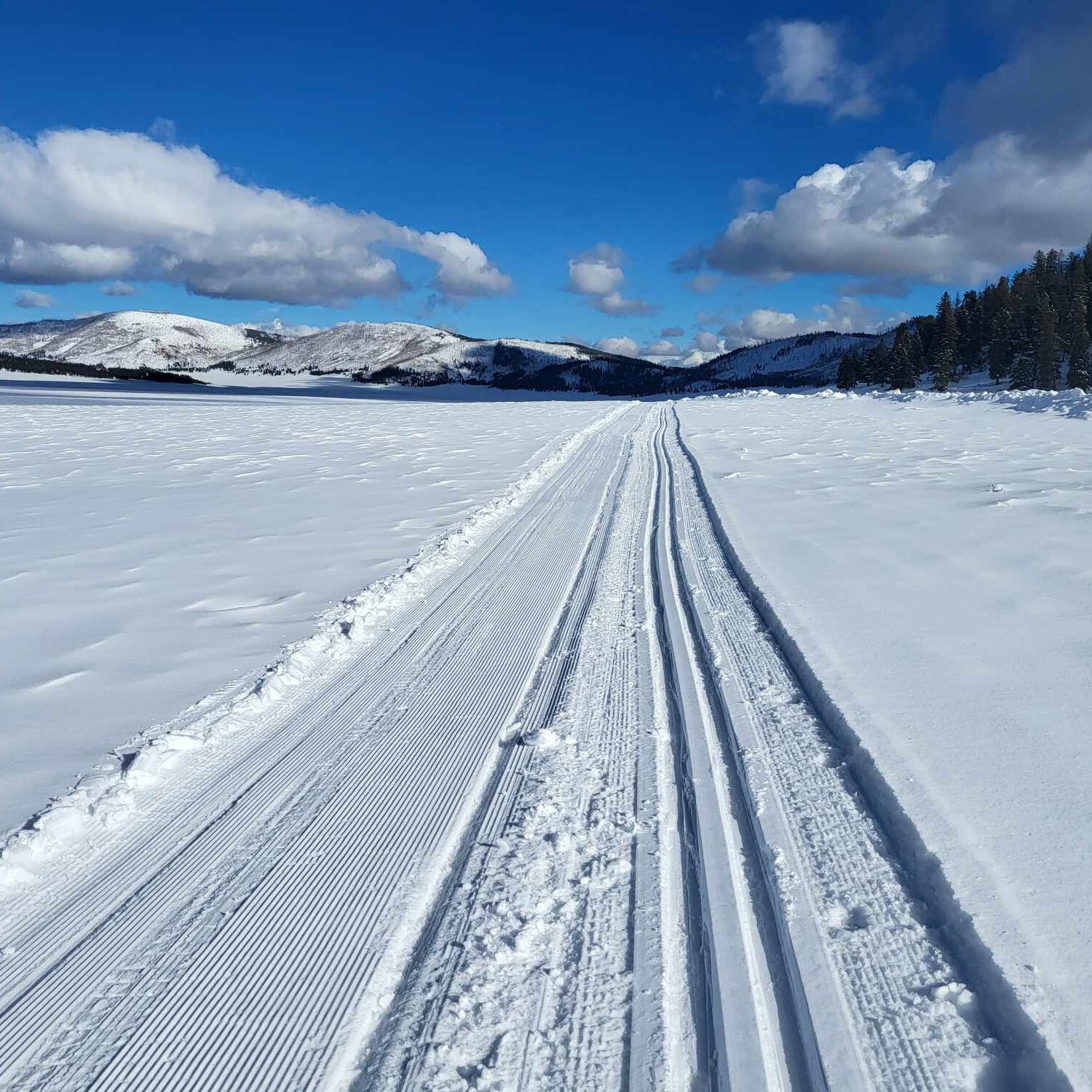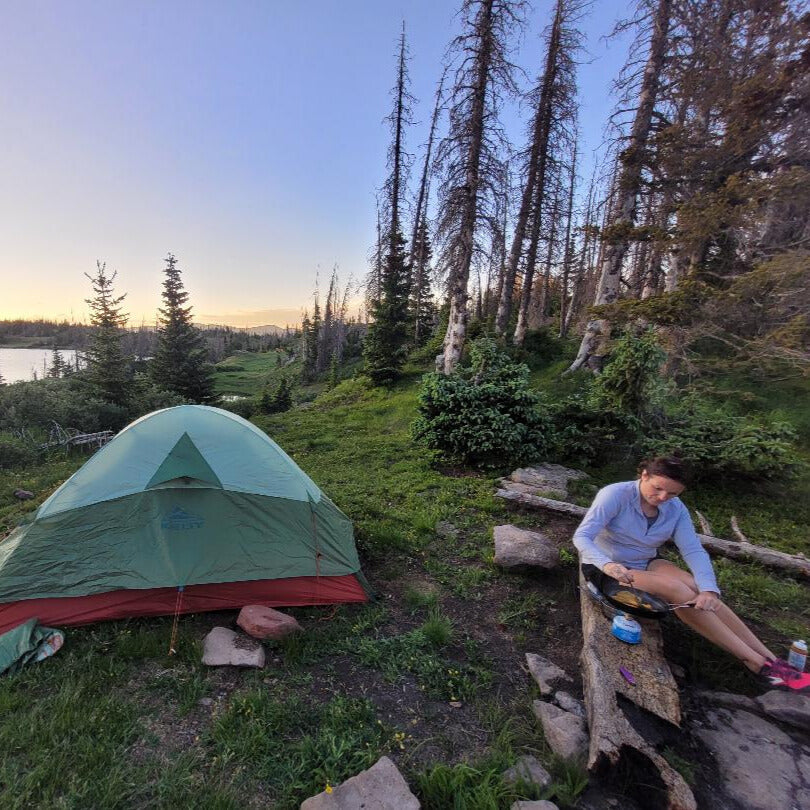Your Cart is Empty
accepting gear drop offs Mon-Sat 10am-5pm. No Consignment acceptance on Sundays.
accepting gear drop offs Mon-Sat 10am-5pm. No Consignment acceptance on Sundays.

Just a couple hours from Durango, Valles Caldera is a great cross-country skiing destination, with surprisingly good snow and very few visitors.
Valles Caldera National Preserve is a popular hiking destination in the summer and a surprisingly great skiing destination in the winter.
This extinct supervolcano has broad grassy valleys and high peaks. Although the valley elevation is just above 8,000 feet, surrounding peaks reach over 10,000 feet. Pajarito ski area lies on the east side of the park. While the valley only gets about 100 inches of snow a year, the valley floor can get very cold–often below -20 degrees, meaning snow stays fresh and can accumulate deep.
Location: Valles Caldera is in the Jemez Mountains of northern New Mexico. The Valle Grande and other open valleys are the main areas people ski.
Season: Typically from mid‑December through mid‑March, though snow depth and road/vehicle access vary year to year.
Access and roads: During winter, much of the preserve is snow‑covered and vehicle access is limited. Most tours begin from near the cozy visitor center.
Groomed trails: When conditions permit, about12 miles of groomed ski trails are maintained in the Valle Grande area. There are many unplowed roads and forested slopes where you can ski or break trail.
Wildlife and solitude: Because the preserve is large, remote, and less trafficked in winter, you’ll often have the space and silence to yourself.
Gear Essentials
Bigger baskets help in deep or soft snow. Narrow “race” skis are good on groomed tracks but struggle off‑trail.
Dress in layers. Be ready for surprising cold in the early morning but comfortable warmth in the afternoon.
Bring classic or backcountry cross-country skis. These are great items to buy used from theDurango Outdoor Exchange.
Spectacular scenery: Snow‑clad meadows (the “valle grande”), volcanic caldera edges, forests, all in a relatively open space.
Quiet and uncrowded: Unlike heavily groomed resort areas, Valles offers opportunities for peaceful solitude.
Lots of varied terrain: From open valley skiing to forested slopes and ungroomed roads.
Pair with additional adventures: There’s a lot to do in this area, from downhill skiing at Pajarito to hot springs, pre-historic structures, unknown national monuments, and New Mexican cuisine.
Important to note:There is no food or accommodations available in the park, and there are no established campgrounds or backcountry camping permits. If camping on non-preserve lands nearby, be aware of how much colder it can be in the Jemez Mountains than in surrounding areas. Also note that if entering the preserve from Los Alamos, you will drive through a security post staffed by the Los Alamos National Laboratory.
Consider bringing a pair of back country XC skis with metal edges and wider bases for the valley’s ungroomed terrain.
Pack a heavier down jacket, an extra base layer in case your main one sweats through, and thick extra socks.
Bring a lunch and a thermos.
VisitDurango Outdoor Exchange to learn more.

Work crews were busy over the off season making changes to ski areas across the region. While the hoped-for new lifts at Purgatory aren’t going to spin, there are plenty of reasons for you toget some wax (or new skis) from Durango Outdoor Exchange and hit the slopes this winter.

Thanksgiving is almost here–and skiing this early is always a gamble. Here are some non-skiing warm(er) weather destination ideas for the long break.

When spending one night (or many) in the backcountry, a warm dinner at night and hot beverage in the morning can make the difference. That invariably involves using a stove of some sort–but which one?
Stove technology has been around for decades, but new tech is making them lighter, more efficient, and more dependable than ever before. Here’s a rundown of the different kinds of backpacking stoves: